I used a DIY kit and made a PCB milling machine. So far I am happy with it but it is slow and the minimum thickness of the lines is depends on the tip's size.
I want to replace the cutting bit with laser diode to ablate copper layer directly to ablate acid resistant paint so I would overcome the issues I mentioned.
EDIT: As Spehro Pefhany explained removing copper layer with laser requires much powerful laser than a simple laser diode. At this point using a laser diode to ablate paint would be a better way to do this.
Here are my questions:
- What type of laser diode I need to use to remove ~1 mm thick paint layer?
- How can I calculate the minimum power I need to ablate the paint layer?
I read about laser diodes, driver circuits, protections (diode itself and human body) but I could not find a decent source about my questions.
